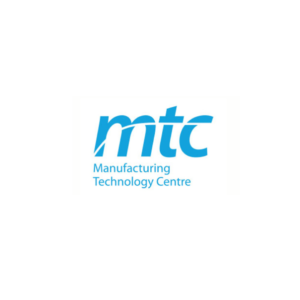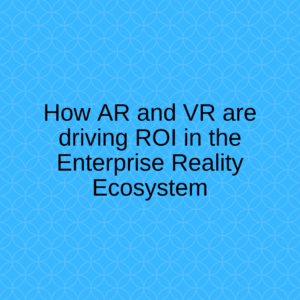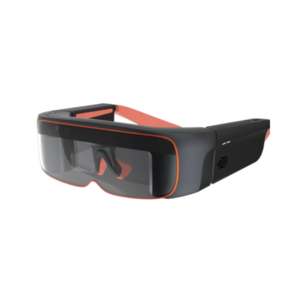Augmented Reality (AR) is rapidly growing and expanding into countless business and industrial applications.
Spatial computing is used as a broad term to describe the way humans interact with computers in the same surrounding. In other words, in spatial computing machines occupy the same space as humans rather than being contained to one single location.
According to Markets and Markets, the Augmented Reality market is expected to reach $60,55 billion worldwide by 2023, growing at a CAGR of 40.29 percent during the forecast period comprised between 2018 and 2023. Increasing interest and investments from top technology giants are directly linked to driving the growth of the AR market.
Overall, the AR software market will lead the growth by 2023 thanks to the increasing use of smartphones, tablets, and other devices in consumer, commercial, and enterprise used for the implementation of the AR technology.
While there is an increasing demand for AR in healthcare, retail, and e-commerce, there is plenty of emerging opportunity and increasing demand for AR in architecture and the enterprise industry.
AR is a game changer applicable in almost every industry sector.
The article moves on to discuss smart city planning and building with the use of Augmented Reality technology.
In the construction industry, for instance, immersive technology can help in the development of smart cities with Augmented Reality becoming an integral part of the construction process.
Cities collect huge amounts and data. Augmented Reality can make that data visible. Using AR, architects can find a more creative and straightforward way to show urban planners how their projects are going to look like in real life by creating an engaging visualization, triggering faster decision making.
It can be building a new transportation center or the next skyscraper in a city; in all cases using Augmented Reality makes the job easier.
Now with the help of Augmented Reality platforms for business, it is easy to design smart city projects. WakingApp is a professional Augmented Reality studio that enables professionals such as builders and architects to leverage budding technology. Projects can be visualized before building it which avoids a lot of mistakes.
What is interesting about the WakingApp technology is that developers and designers don’t need to have any previous coding experience in order to take advantage of the toolset. They can rapidly create quality AR experiences to showcase construction projects with even a limited amount of coding experience.
The MLM Group, an engineering, environmental, and building control design consultancy was able to transform its presentations by using WakingApp AR technology to showcase their projects to customers beyond the blueprint using the AR Studio.
“Augmented Reality experiences add cost-saving value to construction projects and make the entire building process more efficient because right from the start, engineers and architects are able to create a detailed, interactive example of the end project,” Matan Libis, CEO of WakingApp told Interesting Engineering.
“AR provides builders, and their clients, with a level of understanding that far exceeds any blueprints or 3D models, and often AR experiences can be created in a fraction of the time, offering users both practicality and efficacy,” he said.
Microsoft’s Mixed Reality HoloLens headset can bring 2D blueprints to life. In the construction site, workers can combine 3D models with real time data. They can see problems and faults in the real world and fix them before ahead of building.
This speeds up construction processes and elevates the quality of the end product. Using this technology construction workers can elevate their skills to a new level, augmenting their knowledge and using it to make better decisions.









